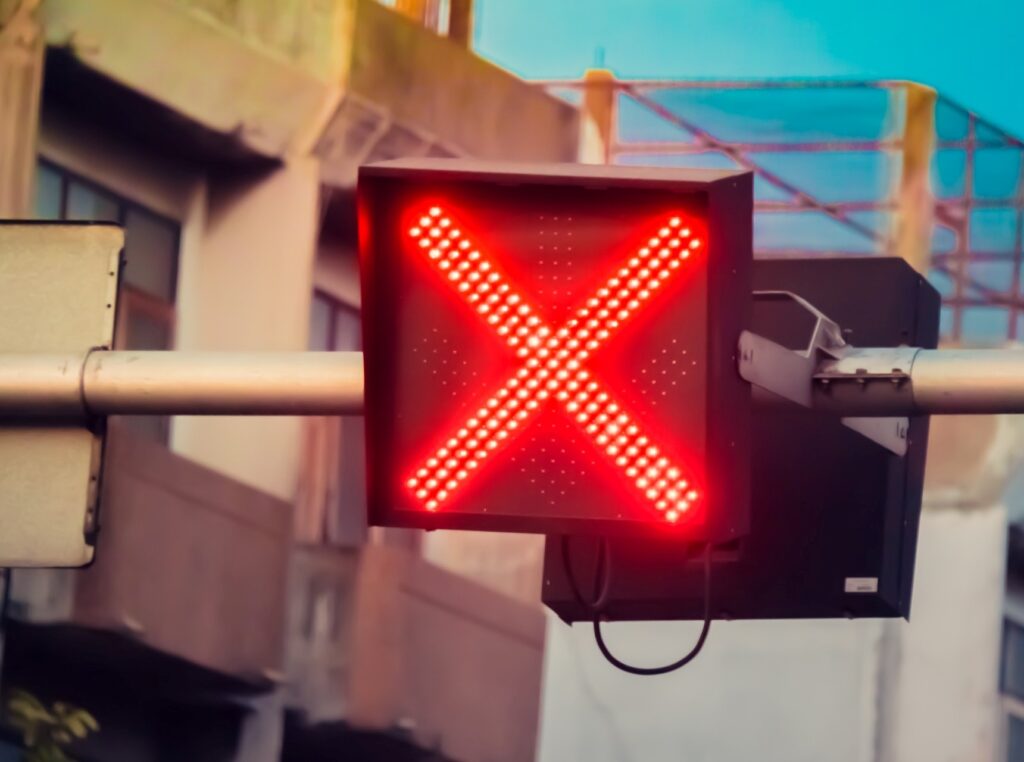Nothing like prospect of a recipe change to get brand loyalists all hot and bothered. Coke has rebranded Coke Zero to Coke Zero Sugar, promising that Coca Cola Zero Sugar will have an “even better unique blend of flavors” … and riled up they got.
At first glance, the change can be a head scratcher. Coke Zero, as the name suggests, has zero calories. Calories can come from either fat, sugar, or protein. So there is no way that Coke Zero had sugar in it to begin with. In fact, Coke Zero and Coke Zero Sugar list all the same ingredients (though perhaps the proportions were slightly changed), and preliminary blind taste tests suggest that die-hard Coke Zero fans can’t really tell the difference.
So what’s up with the rebrand? Why foment a fizzy fracas?
The first thing to note is that dietary focuses are changing faster and faster (paleo, kale, GF, Whole-30, ancient grains, La Croix, etc.), and it would appear that consumers are amending their purchasing habits more quickly as well. As such, food and beverage companies have learned to become incredibly responsive to trends. If you haven’t looked into the history of sugar in the food and beverage industry (specifically the big fight the sugar lobby had with the fat lobby, once upon a time), you should — but suffice it to say, sugar is out. And this consumer shift has happened relatively swiftly.
Further, it has always been the case that shoppers don’t want to have to look too hard at the labels. That’s why name brand drugs like Zyrtec and Tylenol still sell even though they are next to the cheaper, exact replicas Wal-zyr and … whatever the Walgreens version of Tylenol is. That’s also partly why foods that don’t contain gluten, and never have, now are labelled gluten-free. (Of course, the gf label is also a promise that there has been no cross-contamination.)
So Coke needed to make sure people knew without having to think too much that Coke Zero has no sugar. That explains the primary goal. But why did they need to change the whole packaging and name? Why not just add a short little “Does not contain sugar” line?
With soda, acquiring customers often takes the form of launching a new product rather than marketing an existing product. It’s relatively easy to switch around the packaging for these big companies; soda makers crank out new varieties that are more or less gimmicks all the time. (Remember when men weren’t buying Diet Dr. Pepper, so they made Dr. Pepper 10 to make them feel better about buying something lo-cal?)
What’s interesting in this case from a naming perspective is, this is a rare example of a major brand rebranding a less descriptive name into something more descriptive. There are plenty of instances of companies rebranding from more descriptive to less — e.g., RadioShack becoming The Shack, Research In Motion (RIM) becoming BlackBerry, or Overstock.com becoming O.co. But the other way round is rare.
It speaks to the pace of change in the food and beverage world. It speaks of a more fungible industry, and faster consumer spending habits. And in industries where the cycles can be short (like, say, naming mobile games), names have to get to the point and hop on the trend as fast as possible to make money. There’s no time to mess around, and they’ve found it’s easier to introduce an apparently new product to consumers than clarify something about an existing offering, even if they are, for all intents and purposes, the same.





